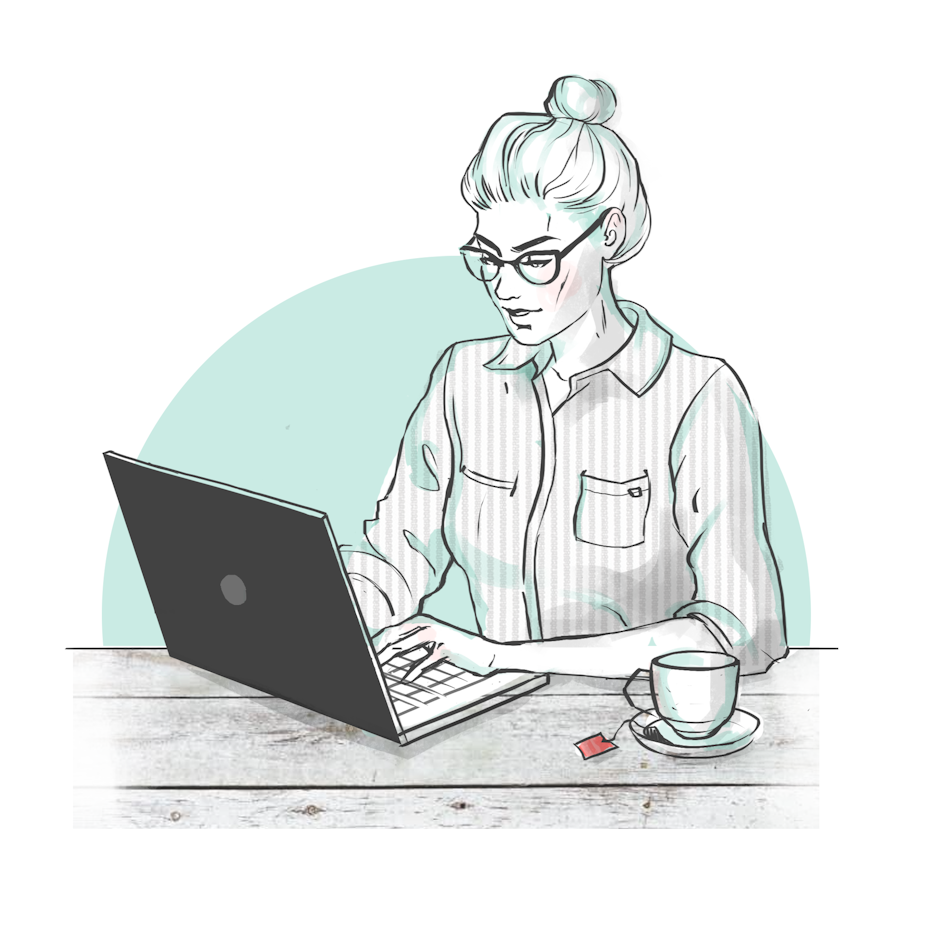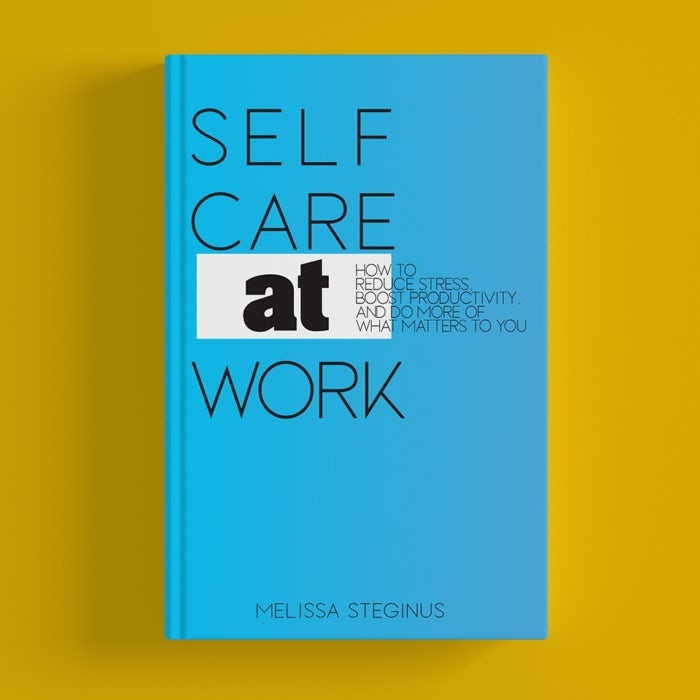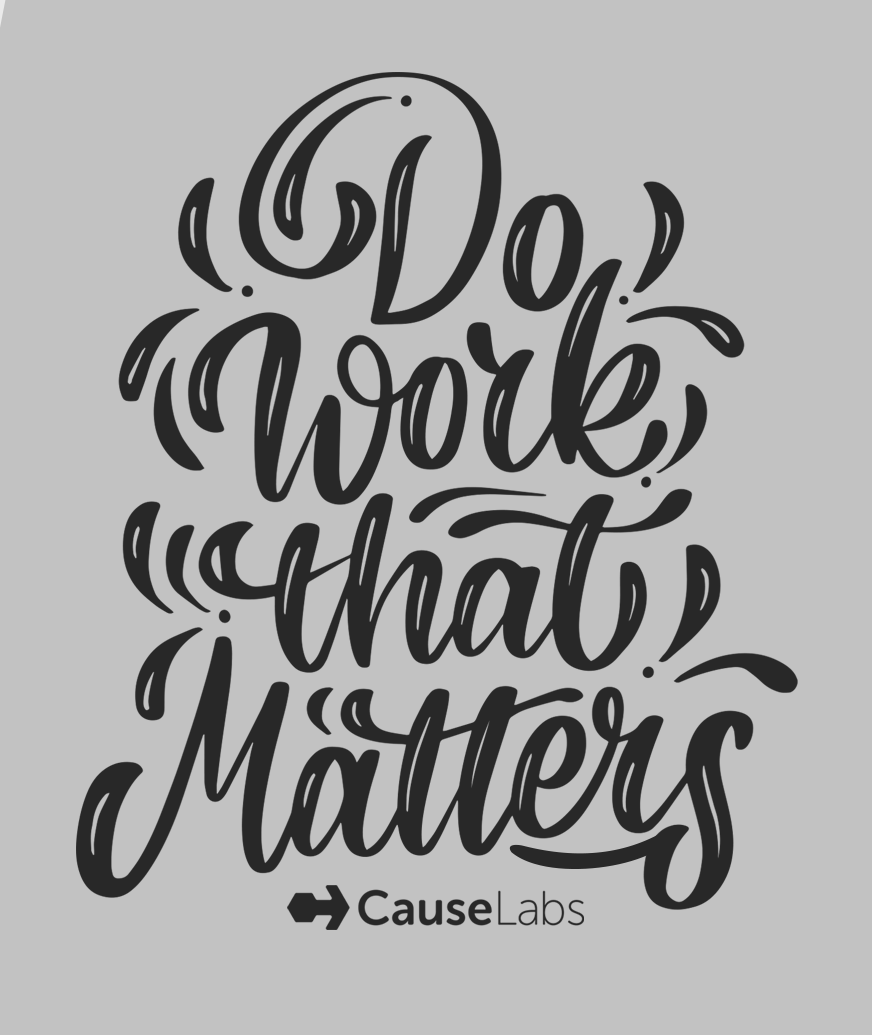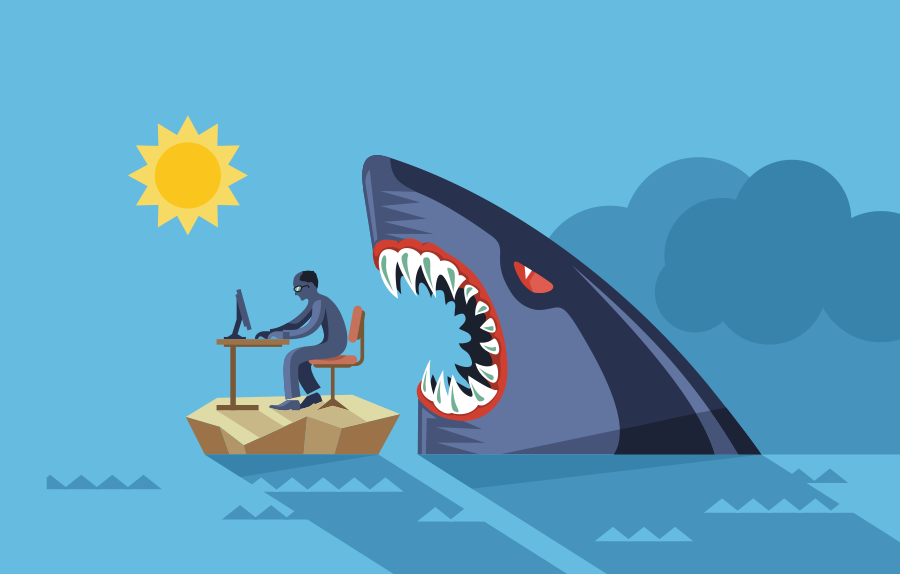Working from home can be challenging, especially for teams who aren’t used to working remotely. But with the right tools and mindset you can make it work. Here we’ve collected the best work from home hacks to make your working-at-home experience more manageable and efficient.
Having greater autonomy and a flexible schedule can be a wonderful opportunity. But distractions and less supervision can zap your productivity if you’re not careful. Sitting at home alone all day can also have negative effects on your physical and mental health.
So, no matter if you’re a freelancer, telecommuter, or small business owner, it’s crucial to follow some simple strategies to create a productive working environment. These hacks, tools and strategies can help to keep you on track and healthy while working remotely.
1. Designate a workspace
—

A key component of successfully working at home is having a dedicated workspace. Whether it’s a spare room, converted garage, yurt, or hanging nest, designate a specific place for work and only work.
You need to create an environment for yourself that creates the sense that you’re leaving personal time and entering work time.
Tight on space? Even if you live in a small apartment with other people, it’s important to carve out a space of your own from which to work. You can loft a bed and add a desk underneath, find a corner desk that fits your space, or even set up your workspace at the end of your dining table, in a hallway or closet.
Ideally, find a space next to a window. Sunlight can help with productivity and lighten the mood.
Whatever you do, try not to work from bed or the couch. Those spaces should be reserved for relaxation. Your mind associates different environments with different things and if they get muddled it can mess with your sleep during the night and productivity during the day.
2. Optimize your workspace
—

Keep your workspace clean and clutter-free. In a survey by OfficeMax, 77% of respondents said that clutter impairs their productivity and more than half of those surveyed said it also negatively affects their motivation levels and state of mind.
Your performance coincides with your workspace. When it’s organized and precise you have the mindset and motivation to work.
Once it’s clutter free, optimize your space further by adding air-filtering plants, a music player, or a dry erase board wall.
Most importantly, get a desk or table with the right height and a proper chair with good back support. Or consider using a standing desk or ball to sit on. This will make working much more comfortable and helps to avoid back pain. You can DIY your own standing desk easily by placing a cardboard box upside-down on your desk to lift up your keyboard to the ideal height.
Avoid keeping a refrigerator, snacks, or unhealthy drinks within easy reach. Instead, keep a big bottle of water close by and refill it at least once, preferably twice each day.
3. Stick to a set schedule & create a routine
—
Once your workspace is ready, establish a consistent routine. Sure, one of the benefits of working from home is being able to work whenever you want, but that doesn’t mean you should. Having a structured schedule helps boost productivity. It also makes it a whole lot easier to keep your work and personal time separate.

Notice during what times of day you’re the most productive and build your schedule based on that. There’s no need to force yourself to become a morning person if you’re feeling more productive at night.
To start off your work day routine, it’s a good idea to get ready as if you were to head to the office. So get out of your PJs, brush your teeth, shower & get dressed to signal your brain that it’s time to start the day and work.
Develop a schedule based on the types of work you do, and where your clients or coworkers are located. If you work for a company in your time zone, plan your work day around their business hours. On the other hand, if you are a freelancer working for clients in various time zones and countries, you may need to plan shorter blocks of times throughout the day rather than one large 8-hour chunk. Whenever possible, schedule some time that overlaps with your coworkers and clients on a daily or weekly basis.
Dr. K. Anders Ericsson, Professor of Psychology at Florida State University, found that the best performers typically work in uninterrupted blocks of time, for no more than 90 minutes at a time.
4. Take breaks—and move!
—
Dr. Ericsson and his colleagues also found that stopping every 90 minutes renews your energy level and gets you ready for you next task with a new outlook. During these breaks you can get up and stretch and do light exercise, refill your bottle of water, go outside the house for some fresh air, eat a healthy snack and come back refreshed.
Employees who take a break every 90 minutes report a 30 percent higher level of focus than those who take no breaks or just one during the day. They also report a nearly 50 percent greater capacity to think creatively and a 46 percent higher level of health and well-being.

Sitting all day is bad for you. Some research indicates that each hour of sedentary activity can actually lower your life expectancy by more than 20 minutes, which is a pretty amazing statistic to consider. Think about getting a standing desk or an under-the-desk elliptical machine.
Most importantly, stand at least once an hour and take breaks for moderate activity throughout your day. Stretch, take a walk, water your plants, clean your office, or spend time playing with your kids—whatever works for you.
In a recent episode of “The Meaningful Show,” Dean Bokhari explored the importance of these “rituals of renewal” even further. Dean noted, “Whenever you can disconnect for a short period of time, it allows your mind to just kind rejuvenate and renew. When you can give yourself that and then come back to your dedicated focus time… you’ll find that you’re actually more productive.”
There are lots of apps that can help with relaxation and balance. This iOS app by The Huffington Post helps create a healthy balance between your daily life and work. Or try a meditation app, like Insight Timer or Headspace. For a nice at-home yoga session check out the YouTube channel Yoga with Adriene.
5. Set boundaries
—
Especially when you’re working from home with kids or other family members or flat mates around, it’s crucial to set boundaries and for everyone to respect them.

Let everyone know what times you’re planning to work and when you can or can’t be disturbed. If your work space has a door, close it. To signal when you don’t want to be disturbed, the easiest solution is to make a “do not disturb” sign to hang on your door.
If you have kids and need a way to show them that you’re in work mode, put on a baseball cap (= your “thinking cap”) or place a stuffed animal on your desk or doorknob that lets your kids know that you’re “at work” and should only be disturbed for emergencies.
If you have kids, it can be incredibly challenging to care for them and get work done at the same time. For parents with kids at home it can help to plan work hours around your kids schedule and nap times. For tips on working from home with kids, check out this article by freelance designer Fernanda Melo Stark.
But even if you’re alone at home, boundaries are important in digital spaces, too. Make it clear when you’re available for a chat conversation or video call—and when you’re not. If you’re using a tool like Slack, a good hack is to set your Slack status to “busy” when you’re deep in a project, just so your coworkers know not to disrupt your flow.
And remember that boundaries should also apply to your free time. Don’t get sucked back into answering work questions outside of your set working hours. So, turn off all notifications and shut down messaging and email programs at the end of your work day, so you can actually designate work to working hours.
6. Avoid distractions & procrastination
—
Distraction is the killer of productivity. But when working from home you’re facing a whole lot of new distractions that need to be avoided.

The boundaries we talked about earlier can help to minimize distractions. Consider checking your emails only on set times during the day. Don’t leave your messenger or email program open, because as soon as you see new messages coming in, I guarantee that you’re going to want to check them. This can easily lead to you spending the whole day playing catch up and constantly jumping from one request to another, without ever having the chance to focus on your priorities.
My number one hack is to turn off push notifications and sounds on you computer and phone. All those little sounds and pop-ups may not seem like much of a distraction, but they are taking your focus away for a second and that’s enough to lose focus. It can help to turn off your phone or put it in a different room—unless you need it for work, in that case just mute your social media apps.
If your work environment is noisy, noise-cancelling headphones can provide instant serenity and focus. I’m using mine daily and I couldn’t live without them.
There are plenty of apps that can help with avoiding distractions by blocking certain time-sucking websites—Instagram, Facebook, Reddit, you name it. If you don’t trust yourself around those websites, use an app like Freedom or Limit to block them.
A messy work space can also be distracting, so try to keep your surroundings clutter-free. If you feel like the dirty dishes in the sink are distracting you too much to get anything done, go ahead and wash them. If you can’t work in a cluttered room, do some cleaning. But be careful not to get sucked into unnecessary house work, which can easily turn into procrastination.
7. Be prepared with backups
—

The expression, “You never know, lightning could strike,” really hit home for me one day about three years ago when lightning literally struck my home. My laptop and router were completely fried. I lost all of my work and had to replace my entire system.
If you work online, backup your work frequently and save files in the cloud whenever possible. Test all of your equipment weekly and learn how to do basic repairs and troubleshooting yourself. That way you can fix simple problems on the fly to get you through the day if there is a problem.
If your budget allows, have backup equipment and services, including:
- An extra laptop or desktop
- Wireless and fixed Internet connections
- Cloud storage & backup solution (Dropbox, GoogleDrive, Backblaze)
- Mobile, VoIP (“voice over IP,” like Skype), and landline phone services
- A backup battery or UPS (uninterruptible power supply)
8. Communicate with your team
—
Communication is the backbone of remote teams, so don’t neglect it.
When communicating in writing, make sure to phrase your messages carefully. Add more context, explain things more thoroughly and think about what your message might sound like to the other person. Intentionally use a friendly tone in your messages, which can go a long way in improving the whole exchange.

When we’re not used to communicating remotely, it’s easy for misunderstandings to happen. That’s why it’s so important to communicate clearly. For example, end your calls or emails with a summary of what you’re planning on doing next, or what the conclusion and findings of the meeting are, just so everyone is on the same page.
When you’re jumping on calls or having virtual meetings, use video. It helps you feel more connected to each other when you’re able to see other people’s faces and they can see yours.
Also, allow more room for questions and comments. In conference calls, you need to allow for delayed sound and for people to un-mute their devices. So, give people more time to respond. When asking someone a question, lead with their name, so they know you’re talking directly to them and can listen more carefully straight away. Consider the difference: “Hey Paul, question for you: can you tell me more about the project goals?” vs. “Can you tell me more about the project goals, Paul?”.
And remember to also share fun stuff and personal anecdotes to lighten the mood and keep the team spirit alive.
9. Stay social
—

When you work from home, you meet and interact with fewer people on a daily basis. This causes many remote workers to feel isolated, which can cause anxiety and even depression.
Once you find your groove and you have established a routine you are happy with, don’t forget to keep in touch with your friends and colleagues. You have to make time for personal interactions by scheduling phone calls or video chats. Make time for conversations to keep you sane and feel connected. Fortunately for us we live in a time where the available technology makes it easy to stay in touch with others.
Do what works for you
—
Remote working has changed the nature of the work environment, and as sociologist and businesses argue the pros and cons and the impact it is having on society and the business community, more individuals are opting to work from wherever they want, whenever they want. If you are one of those people, make your health (and sanity) a priority so that working from home works for you.
Work remotely with 99designs.
99designs connects entrepreneurs with professional designers around the world.
This article was originally written by Dawn Bowman for Jimdo in 2015. It has been updated with new information and examples.
The post The 9 best hacks for working from home appeared first on 99designs.
No comments:
Post a Comment